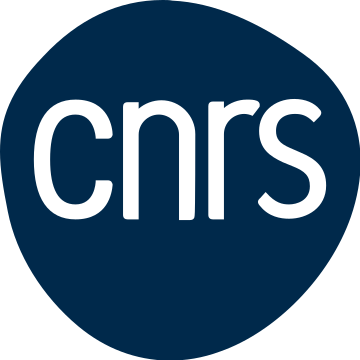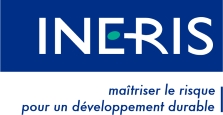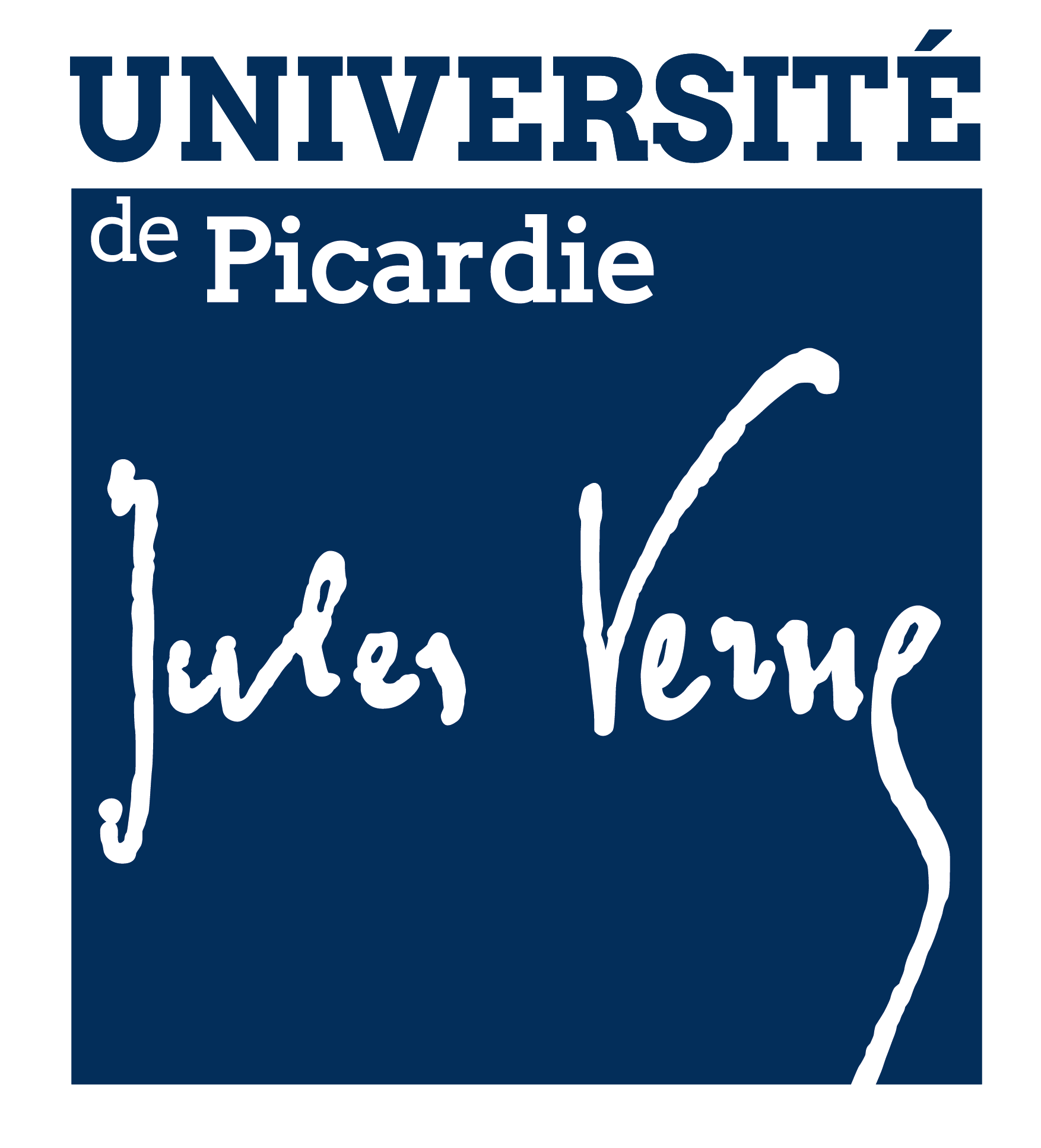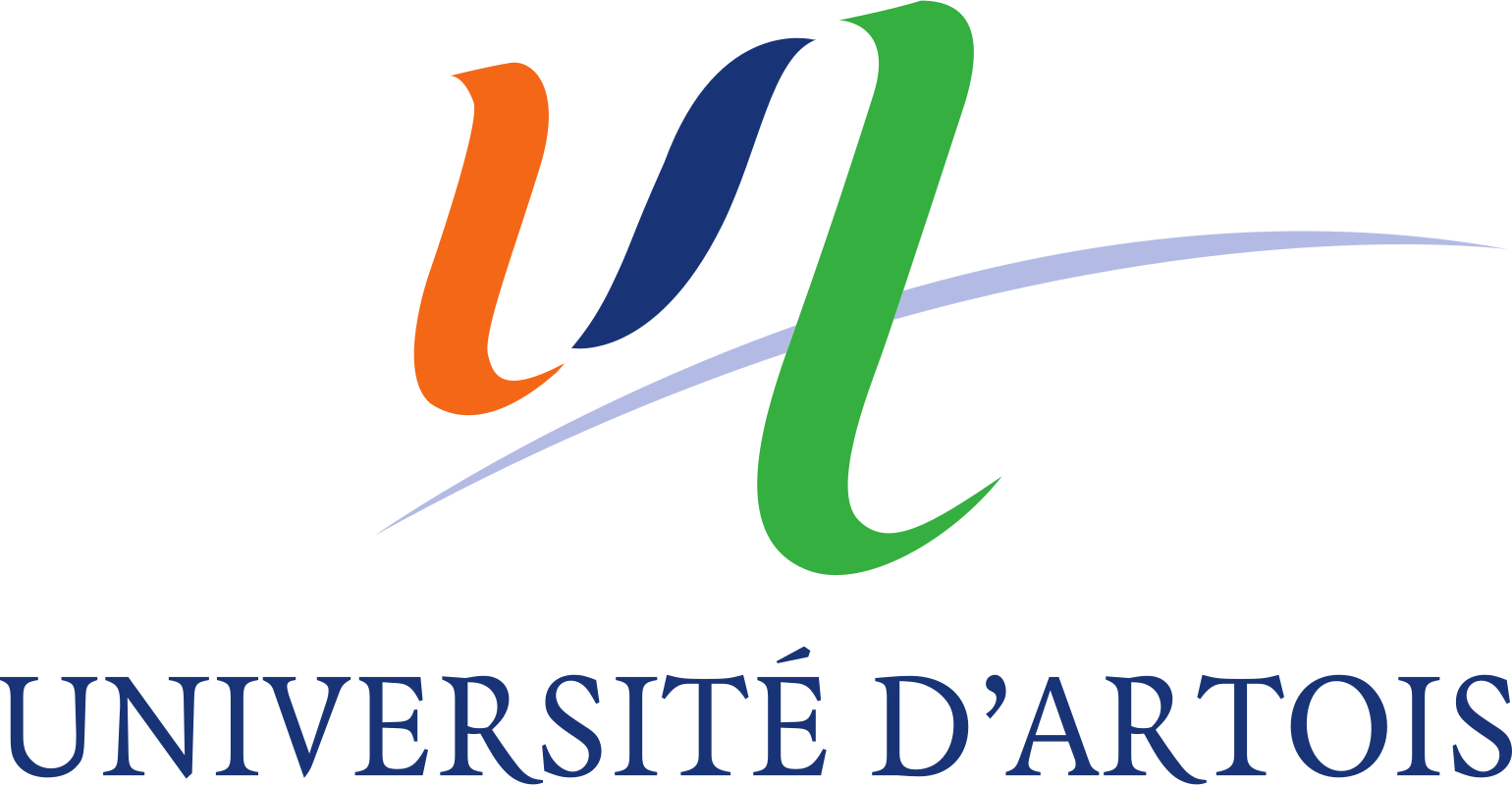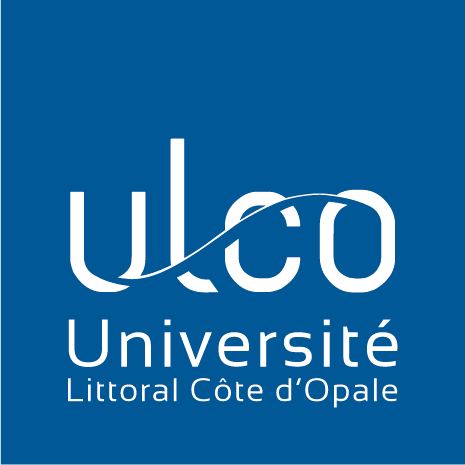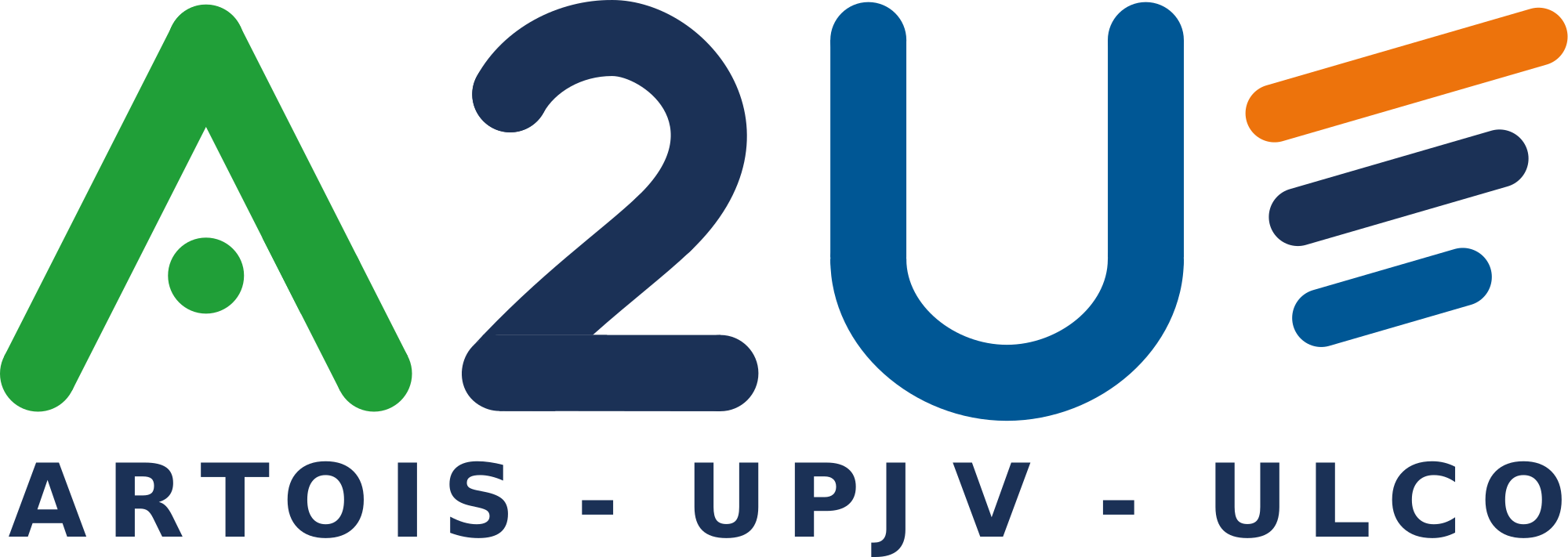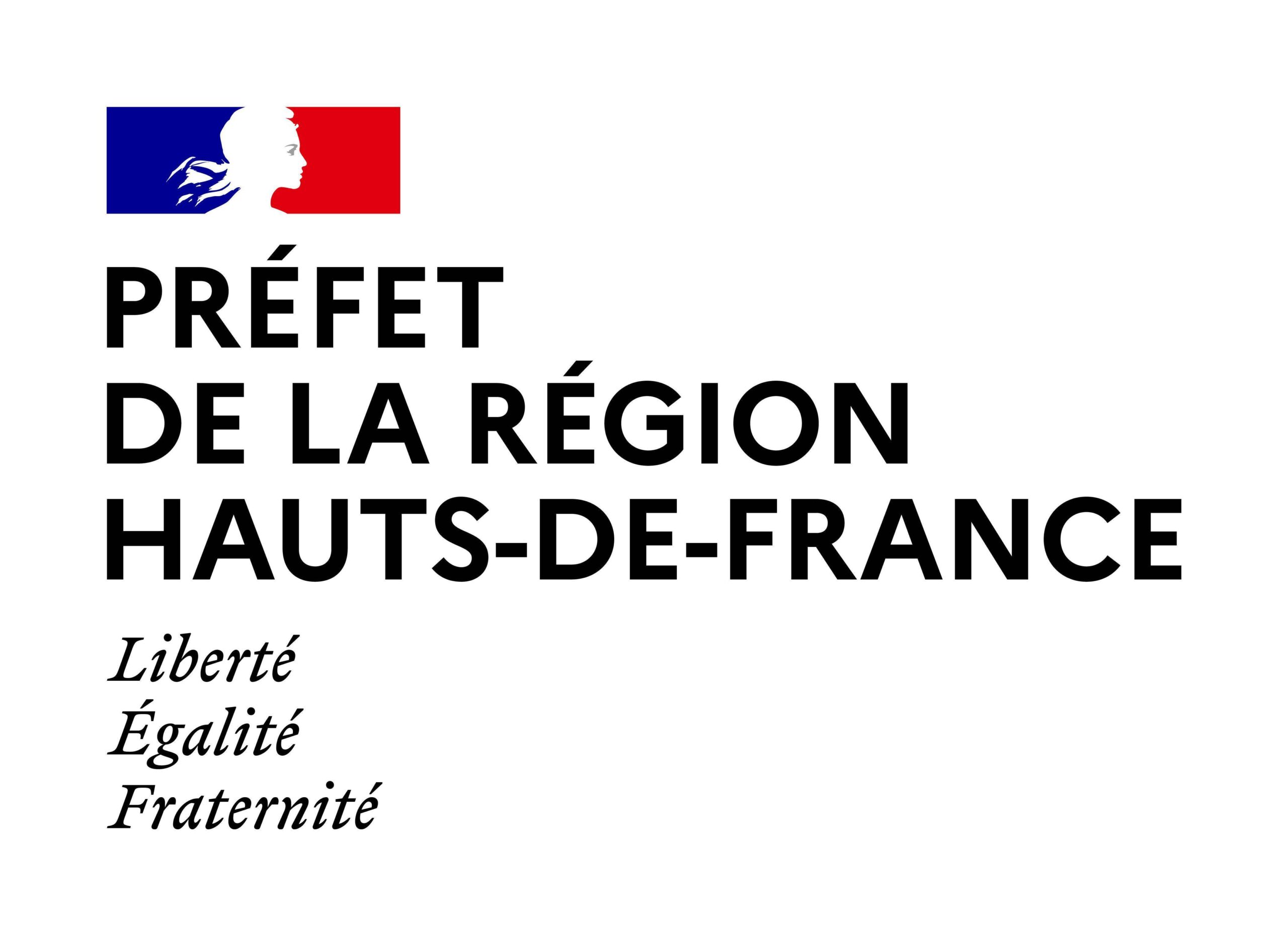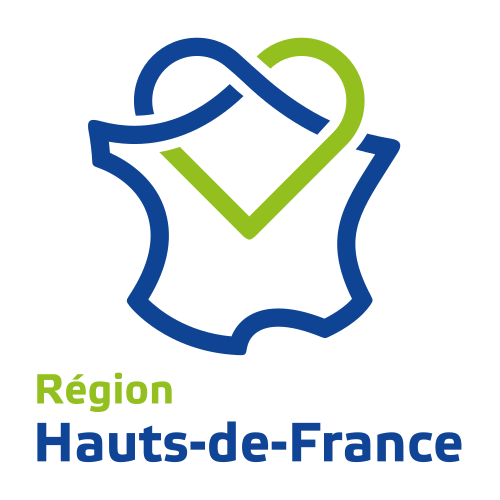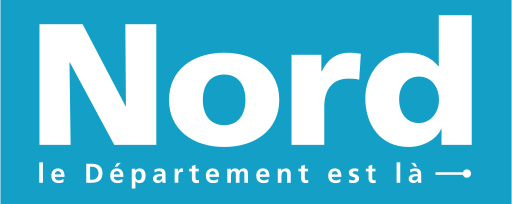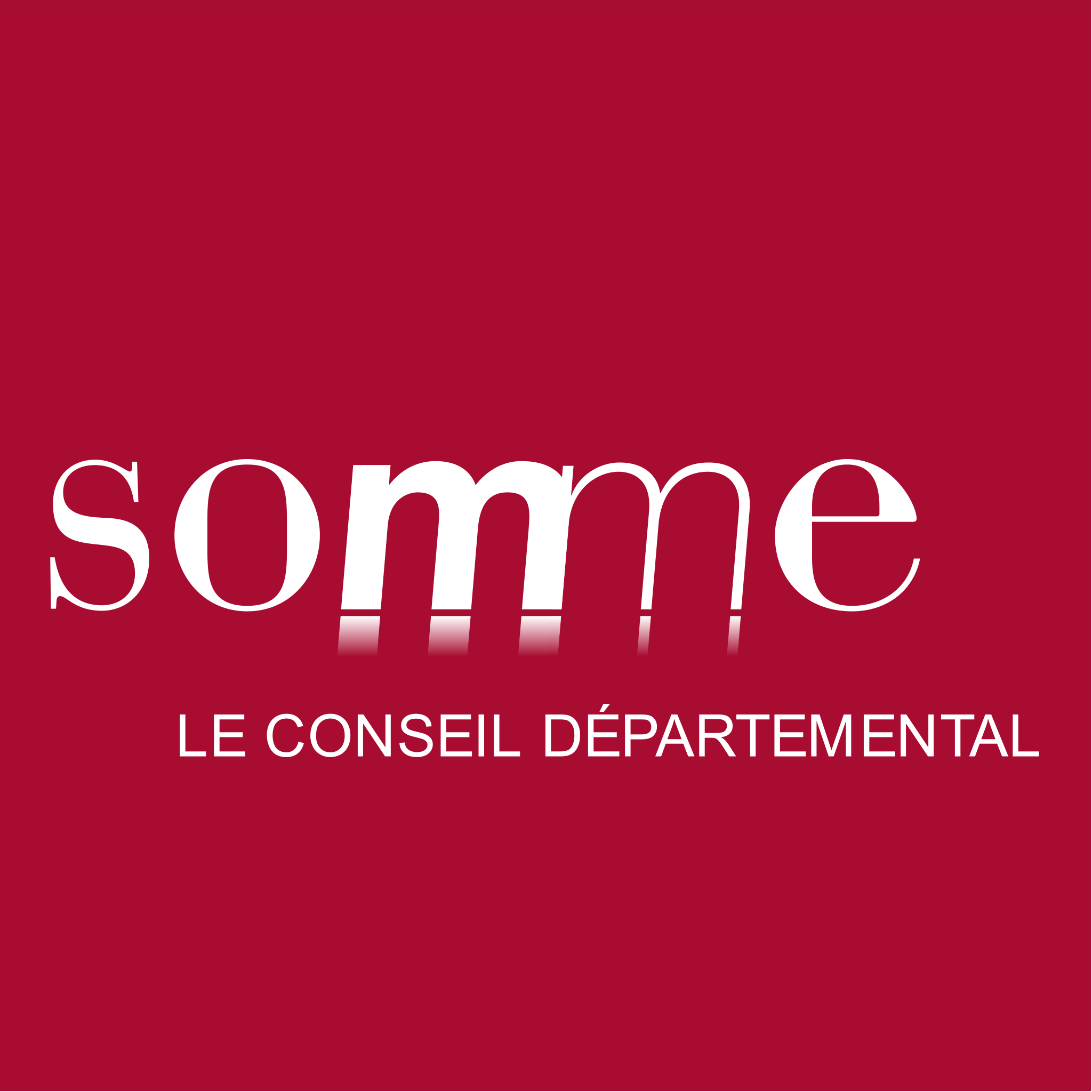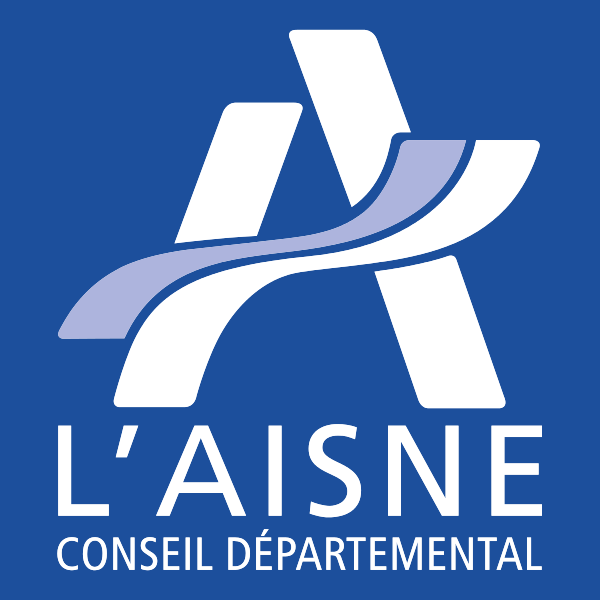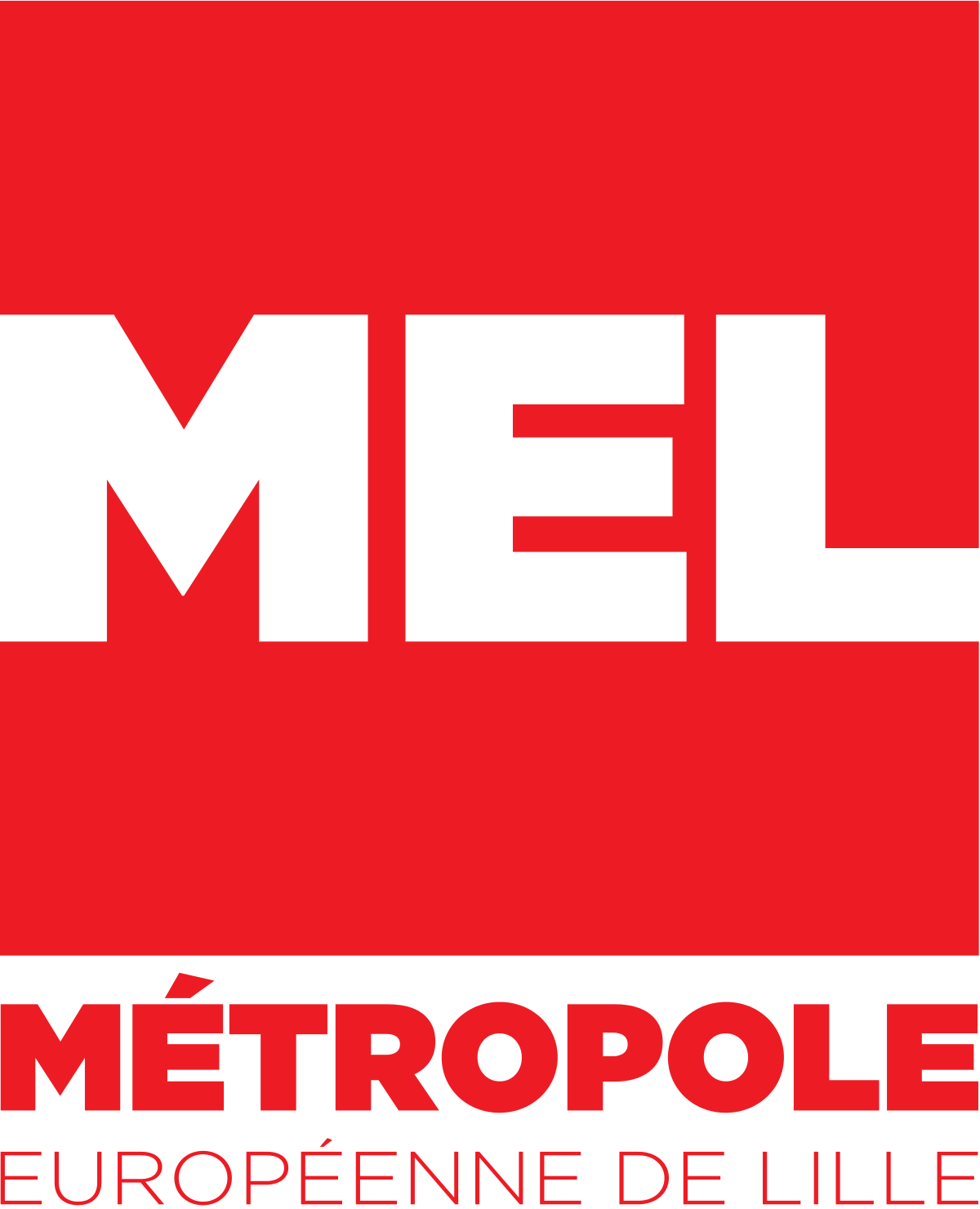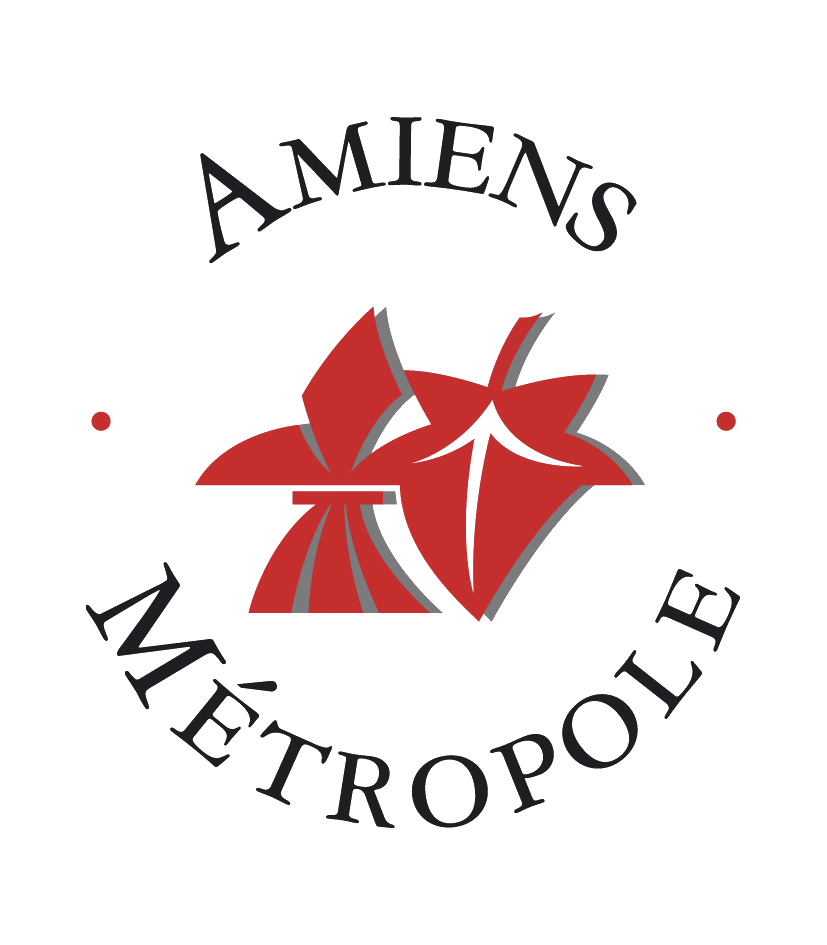Time-of-flight method for determining charge carrier mobility in photo-active thin films
The Poltergeist project concerns the study of photoactive materials based on lanthanide ditita,ates (Ln2Ti2O7 with Ln=La or Nd) having photocatalytic properties under UV excitation. The objective of this work is to study the photogeneration and mobility of charge carriers within these materials. Firstly, a time-of-flight technique will be used to relate the properties to the crystallographic axes of the material. For these measurements, thin films will be synthesized by Pulsed Laser Deposition (PLD) on SrTiO3 and LaAlO3 substrates (100) – or – (110) – oriented. Secondly, the photoelectrochemical properties will also be measured directly on the films deposited by the drop-casting technique on glass/ITO substrates (Figure below). In order to select the cristallographic directions, we will carry out deposits on cleaved substrates having edges parallel to the cristallographic planes of the surface. We will then deposit by cathode sputtering electrodes placed along the crystallographic axes using a specific mask where the electrodes will be located along these axes. Thus, knowing the structure and the epitaxy relationship (via the Pole figures in X-ray diffraction), we will be able to determine the mobility of the carriers under laser excitation according to the crystallographic direction of the film.
The scientific perspective is the development of a new characterization tool for determining the mobility of charge carriers that can be used on thin films. A scientific obstacle is the focusing of the laser beam on the electrode area via the use of dedicated UV optics or diaphragms in order to miniaturize the exposed area. The determination of mobility on thin films will also be innovative i) to make it possible to determine the properties along the crystallographic axes and ii) for the study of epitaxial stress phenomena on conduction properties with respect to measurements on single crystals. In addition, the tool developed can then be used as a characterization tool. Finally, there are numerous models describing the conduction mechanisms of oxides (Schottky, ohmic, Space charge limited conduction, Poole-Frenkel, etc.).

